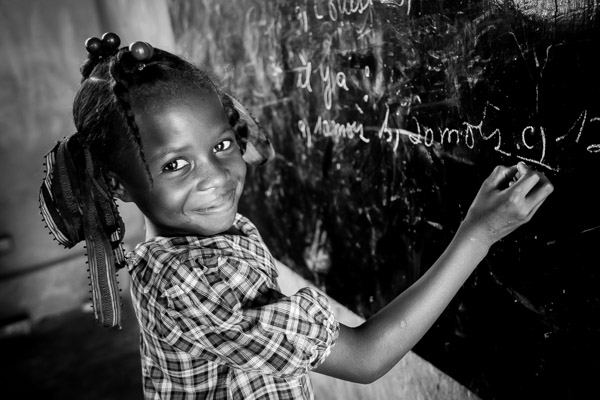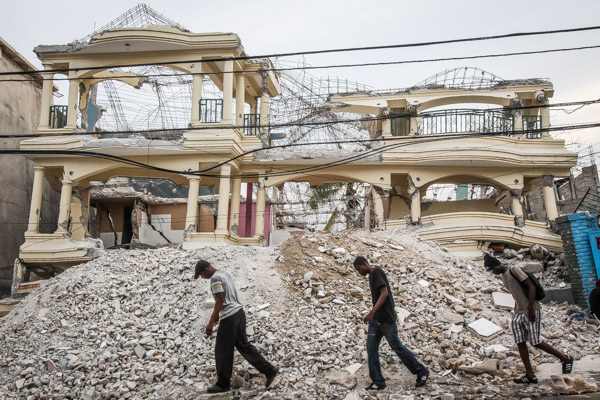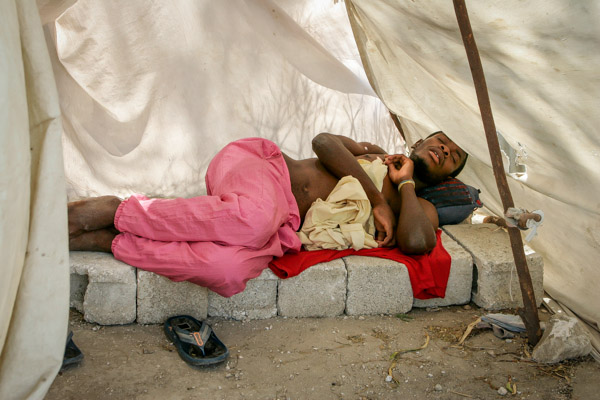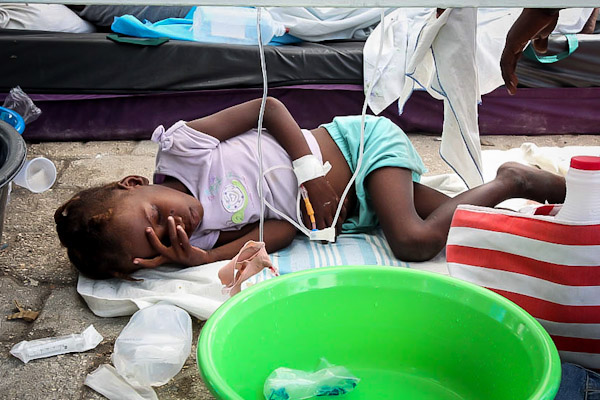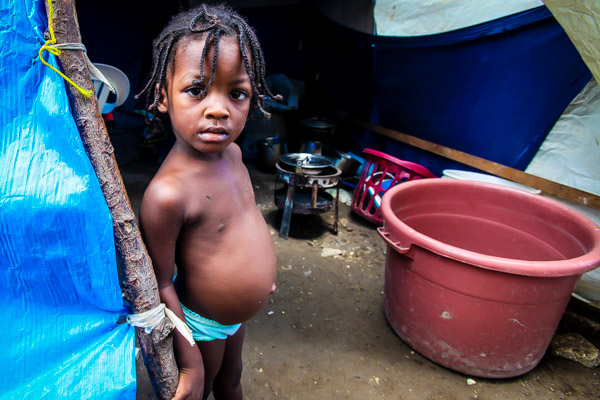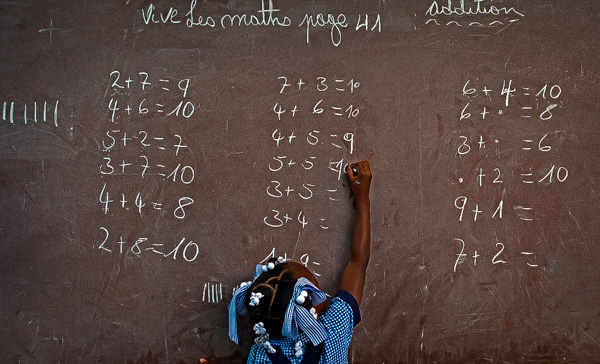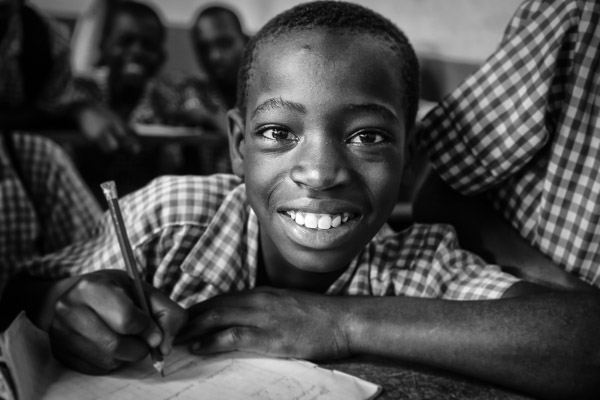Haiti – Four years on
January 12 marks four years since a 7.0 magnitude earthquake rocked Haiti, killing over 300,000, injuring another 300,000 and leaving 1.5 million people displaced. Most people that lived in tent camps around Port-au-Prince and other cities have been moved; all together 1.2 million people have been relocated. But still 150,000 people live in camps, and their situation is worse than ever, most support is withdrawn.
The total cost for earthquake damages was set at $7,8 billion. Nine billions were pledged by countries around the world, and still everything is not delivered. Another problem is that, it appears that a notably small proportion of the money from donors is going directly to local Haitian businesses, institutions, organisations and the people. Big portions of allocated funds end up in big black hole.
Even though the United States offered three billion dollars in aid for Haiti after the earthquake, less than one percent of the 1.3 billion dollars in obligated USAID funds – money designated specifically for Haitian recovery efforts – has gone directly to local Haitian groups.
Some money has yet to be paid out, due to lack of plans and organization. Many millions have ended up in pockets of corrupted government people.
Ten months after the earthquake, UN peacekeepers from Nepal brought cholera to Haiti. From their base the disease spread all over Haiti and beyond. So far 9,000 people died from cholera and another 700,000 have been infected. The UN has been sued for this. The cholera outbreak is still active and has spread to other countries in the region.
For the recovery process there have been a number of international investments from various sources with mixed results.
A Korean textile manufacturer constructed the Caracol Industrial Park. It was predicated the complex would create up to 65,000 jobs, media reports suggest that as of last September the park had created fewer than 1,500 jobs. Furthermore, although the project’s financers gave hundreds of small-scale farmers 3,200 dollars each to vacate their land for the complex, 95 percent of that land today reportedly remains inactive. Meanwhile, Haitian garment factories, including Caracol Park, are said to be openly flaunting minimum wage laws by paying their employees a mere 4.56 dollars a day, rather than the 6.85 dollars per day stipulated by the government.
A new pair of tablet companies is setting up in Haiti. Surtab and Handxom SA both began production last month on a new brand of 7-inch Android tablets, which are being sold direct to various Haitian government ministries and made available for retail through Digicel. Both founded by Europeans (from Belgium and Denmark respectively) with the help of development funds, the companies are hoping to bring new life to the stagnant Haitian economy. Haiti’s electronics sector was largely destroyed by a series of UN embargoes beginning in 1993, but Surtab and Handxom are hoping that the country’s broad labour pool will help them create a viable industry there. Sounds interesting on several levels.
Is there any light in the end of the tunnel? I hope so, even if it is along way to go. The lack of government structure is a big problem. The poor infrastructure in the country is another major issue. Poor roads and limited access to electricity and safe drinking water is a threat for proper development.
Only 50% of the population can read and write, and the unemployment is over 40%. Four out of five citizens live in deep poverty and the gap between rich and poor is enormous.
It is a long way to go. But I hope the local government, international community together with international NGO’s, like Star of Hope, can rebuild and develop Haiti.
Star of Hope
I have been in Haiti all in all almost two years working for Star of Hope since 2005. It has been challenging and interesting in many ways to see the country before and after the earthquake. The organization has been working in Haiti for more than 30 years. Their work has been focused on education and village development.
Several schools were destroyed or severely damaged in the earthquake. With a massive support from donors, corporations and organizations Star of Hope could intervene. After emergency teams, disaster relief and health development (including cholera vaccination) Star of Hope was able to rebuild the schools and improve them further with proper furniture, tools and water systems. There has been training for the all project leaders and teachers. Through the village development program hundreds of goats and chickens has been handed out. Sewing classes has been organized in four villages and several graduates today make living from their new skills.
Currently Star of Hope runs seven schools and support over 3,000 children. They receive education from properly trained teachers, school lunch and have access to clean drinking water. They have received school uniform, a school bag and school supply.
Many things have been materialized, but there is still more to do. With further support and funds Star of Hope could develop their work in the projects under the motto “good start in life”.
For more information about Star of Hope in English click here. For Swedish click here.
I currently work on a photo book about Haiti. More to come on that.

